3D designer: specifics, pros and cons of the profession

Three-dimensional graphics are a relatively new invention of man. Until 50 years ago, there was no such profession as a 3D designer or visualizer, but with the development of technological capabilities, we received not only a completely new type of artistic graphics, but also many jobs.
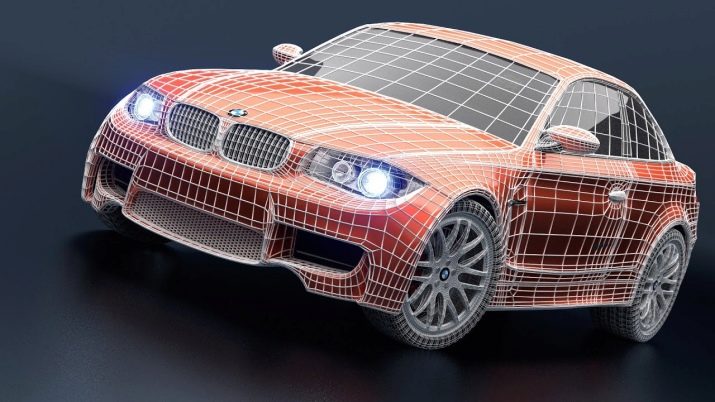
Specificity and areas of the profession
Now 3D is one of the most promising art trends. Three-dimensional graphics are used everywhere: from landscape and interior design to the development of advertising banners and clothing.
The specificity of the profession is such that jewelry designer, fashion designer, character artist - these are far from all positions, which a competent 3D designer can claim.

Pros and cons of the profession
As in any other business, there are both advantages and disadvantages in the work of a 3D-schnick, and here are some of them.
Let's start with the pros.
Competitive salary, compared to other professions in the labor market. Of course, in order to achieve it, you have to try.
A huge number of jobs and individual orders. Rapidly developing companies always require not only specialists, but also apprentices in this profession. And even if you do not want to work for any firm, there are always many private orders on the exchanges on the Internet, for which they pay well.
Creative activity... No matter how strict the framework into which the customer drives you, only you decide how the final result will look like. This is not the boring office job that many are used to.
The ability to work directly from home. Now many companies do not keep their employees in stuffy offices, but allow them to work remotely from home, coming to work only a couple of times a week.
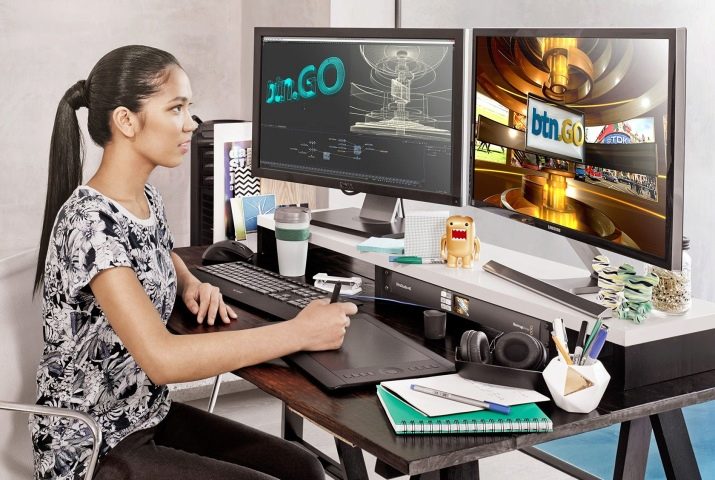
There are also disadvantages, and they must be taken into account.
High competition. This applies, rather, to low-skilled specialists, the number of which is very large. Employers are in no hurry to take newcomers to them, spend time and money on their training and career growth. It is much more profitable for them to take an already knowledgeable and experienced person who will immediately get down to business.
The need for ongoing training. Design, like fashion, is extremely fickle and changes from day to day. And what you did just yesterday may no longer be relevant today. The same thing happens with 3D. All the time, new programs come out, as well as additions to old ones, new opportunities appear that simplify the work process, improve the result. Therefore, without constant practice and monitoring trends, you will quickly lose your competitiveness with the employer.
The complexity of learning and personal creative search. This area of activity is not suitable for everyone. While the industry values people with a technical background, a lack of artistic taste can be a big problem.
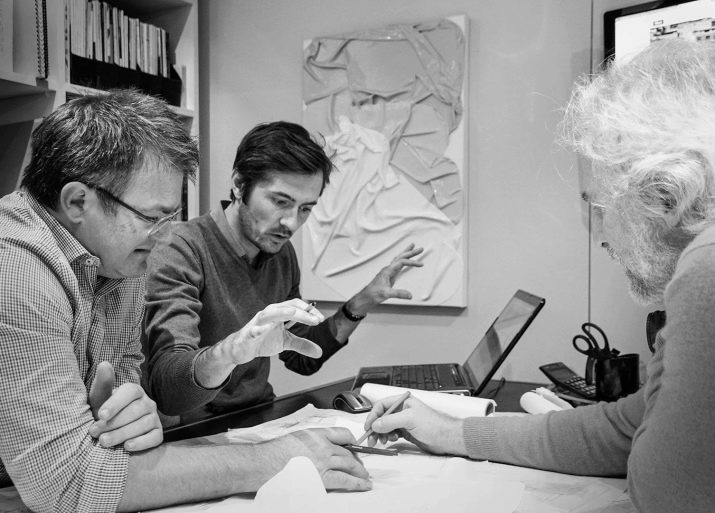
Job responsibilities
All the work of a 3D designer can be reduced to two simple points:
creation of three-dimensional models;
their animation.

But depending on the field of activity responsibilities are distorted (as necessary). For example, a character designer creates 3D models for games, movies and commercial videos. His work is based on the concept artist's drawings. And it is he who is looking for the very line between the beauty and functionality of the model. Often a designer is limited to a certain number of polygons that he can use. This is done so that the user's computer, which will work with the model, can further process and use all its details.
A 3D animator does not just create static models, but also animates them.
Despite the fact that the working equipment is improving from year to year, the work of animators is based on the classic principles created by Walt Disney.
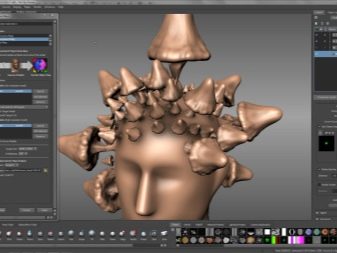
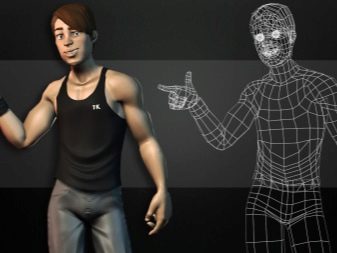
Personal qualities and work skills
A good 3D designer should have the following qualities and work skills.
Qualities:
developed sense of style;
observation;
purposefulness;
a responsibility;
understanding the basic foundations of animation;
creative thinking and imagination.

Skills and Abilities:
high and low poly modeling;
creation of images from photography, photorealism;
proficiency in English at a high level for working with documentation;
knowledge and understanding of artistic styles;
ability to work in modern 3D packages (Cinema 4D, Maya, 3DS Max, Blender).
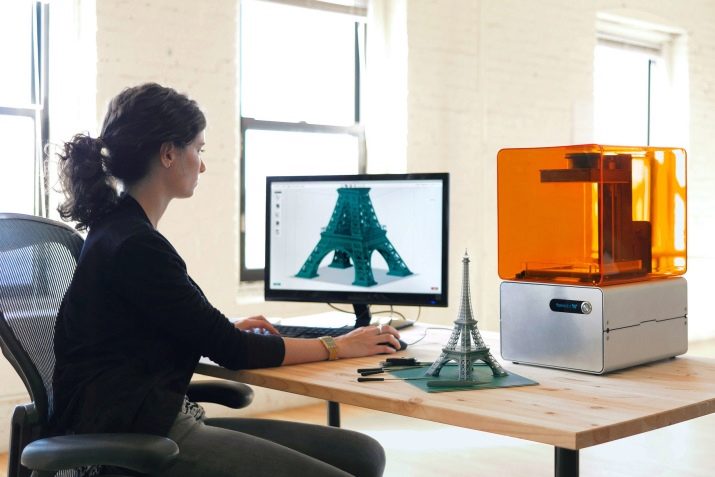
Training and salary
You can study 3D modeling both at home and in educational institutions. Now the courses of many both state and non-state universities include the study of programs for working with three-dimensional graphics.
The salary in Russia for a designer is about 28,000 rubles. In Moscow, this figure rises to 63,000, and in St. Petersburg - 43,000.
Of course, the student earns much less than these figures, but career growth in any company will not take long.
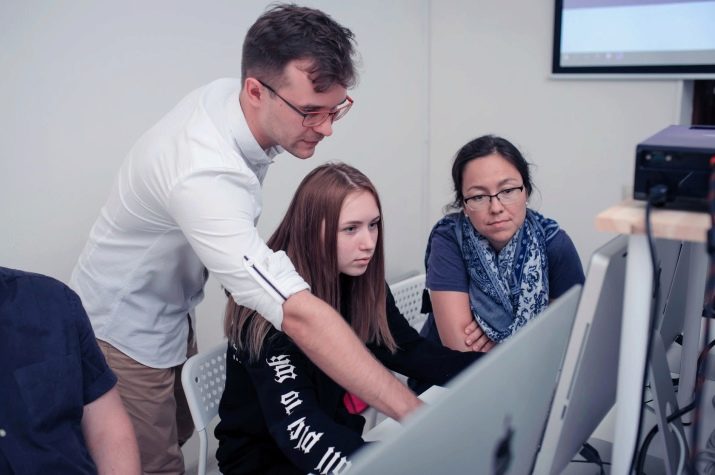
See below about the work of a 3D designer.








